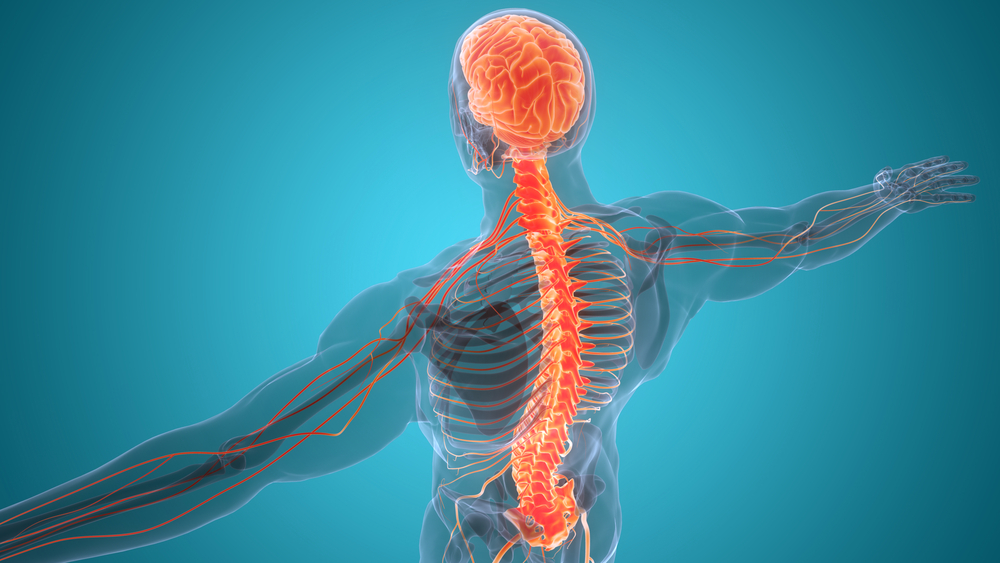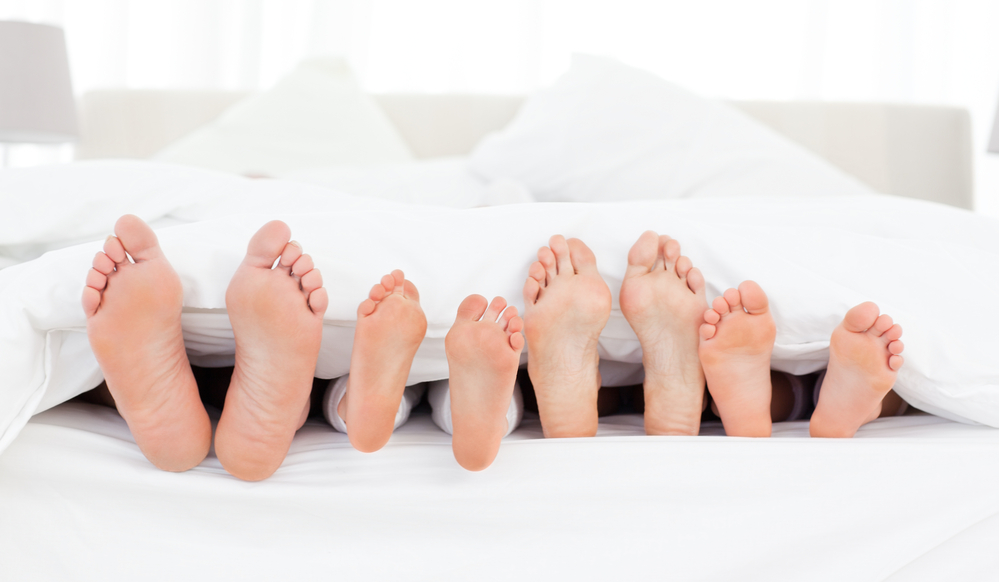
We know the disability that back pain can cause. We take the time to understand the location and behaviour or your pain and combined with careful assessment of your movement and mechanics as well as XR / MRI results leads us to customise a treatment approach to suit your problem.
Managing spinal pain usually involves education, exercises, medication, modalities like electrotherapy or IMS or heat and manual therapy – like joint mobilisation, manipulation or forms of massage – hands on skills that are gained from post grad education and years of practice.
Our physiotherapists will select the right manual therapy for you from the following highly regarded methods.
Sarah Key Method
An innovative approach of manual therapy and exercise to unlock stiff segments in your spine that result from repetitive posture and activities. We understand the 5 stages of spinal breakdown and can select techniques that suit your condition and advise if self help spinal decompression is appropriate.
Maitland Method
Maitland mobilisation and manipulation uses passive accessory and physiological mobilisations of the spine to treat mechanical pain and stiffness.
McKenzie Method
By assessing which repeated movements reproduce your pain we make a diagnosis and plan an exercise programme with movements that relieve pain. Particularly useful for intervertebral disc injuries and postural pain.
Located downtown at the Savoy Professional Offices – 777 Blanshard Street, Suite 103, Victoria
Cervicogenic headaches result from referred pain from upper cervical joint problems. These headaches are related to certain activities that irritate your neck joints.
We provide assessment of posture and function of the cervical and thoracic spine leading to therapy for joint restrictions and muscle imbalances which may include joint mobilization / joint manipulation / IMS and myofascial release to unlock tight muscles. We can customise a checklist of advice on ergonomics, exercises and self-help strategies.
The temporomandibular joint (TMJ or jaw) is a synovial joint with a meniscus that can be damaged like any other joint. Commonly the TMJ is affected by muscle tension in the upper neck and facial muscles or by trauma from a blow or overstretching to yawn or bite. Symptoms of TMJ problems include pain, limited motion, clicking, muscle tension and grinding of teeth.

Located downtown at the Savoy Professional Offices – 777 Blanshard Street, Suite 103, Victoria

Intramuscular Stimulation (IMS) is also known as functional dry needling. IMS involves inserting fine sterile acupunture needles into trigger points or tight bands of muscle to produce a reflex relaxation of that tight muscle. As the needle penetrates sensitive and shortened muscle the muscle will “grasp” the needle and provoke a cramping sensation. There can be some treatment soreness, but the muscle tension should ease and symptoms improve.
IMS is a treatment option for chronic conditions where residual neuropathic pain or muscle tension persist after the acute injury has resolved.
The key skills for successful IMS treatments are understanding pain referral and behaviour, excellent knowledge of anatomy and skilled palpation to identify changes in muscle tone.
Located downtown at the Savoy Professional Offices – 777 Blanshard Street, Suite 103, Victoria
Brief episodes of vertigo provoked by head movements may be due to a disorder of the vestibular system. This type of vertigo feels like you are spinning or falling is known as BPPV and is a mechanical disturbance of the normal flow of fluid around the semicircular canals of the inner ear that regulate balance and visual tracking. BPPV is common in adults over 60 years or occurs in younger people from head knocks or concussion. Ross Baines has post-graduate training in the assessment and treatment of positional vertigo and rehabilitation of the vestibular system to keep you upright and able.

Located downtown at the Savoy Professional Offices – 777 Blanshard Street, Suite 103, Victoria

Ross Baines has over 20 years of experience in the assessment of foot and ankle disorders that would benefit from orthotic control. 25% of the bones in your body make up the foot and at around 10,000 steps per day it is the complex interaction of your foot on the ground and the alignment of your knee, hip and pelvis that enables painfree function. Abnormal foot and ankle mechanics can place extra load on adjacent tendons and joints and contribute to tendonitis of the lower limb, knee pain or back pain.
We have partnered with The Orthotic Group (TOG) who produce comfortable orthotics from quality materials. TOG make orthotics suitable for different sports and conditions. TOG also stock a range of popular sandals and we can have the orthotic built into the sandal for summer activities.
We will provide supporting documents for your insurer so that you can claim rebates.
Ask us for a Fact Sheet on custom orthotics.
Located downtown at the Savoy Professional Offices – 777 Blanshard Street, Suite 103, Victoria
Suite 103 – 777 Blanshard Street
Copyright © 2023 PhysioPlus Victoria BC.